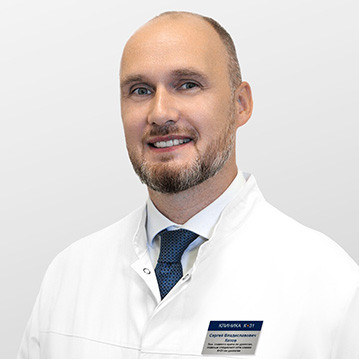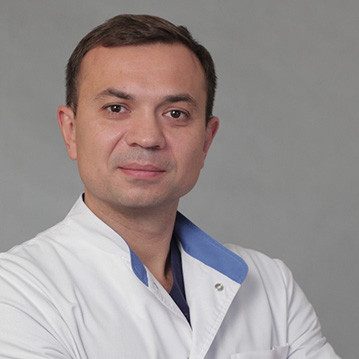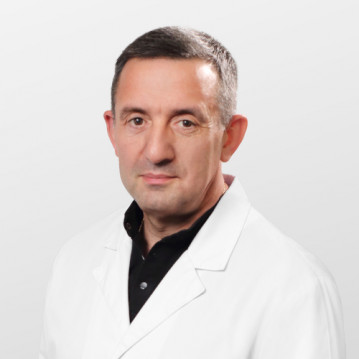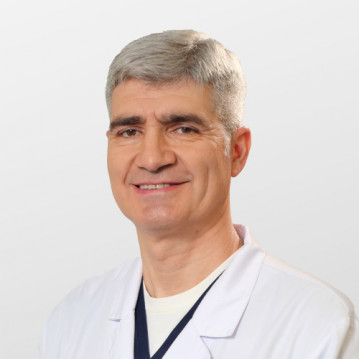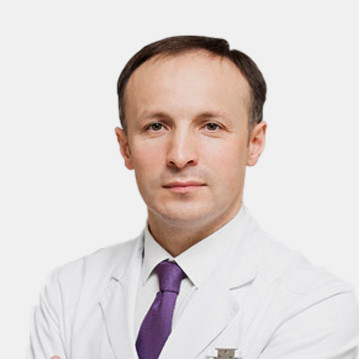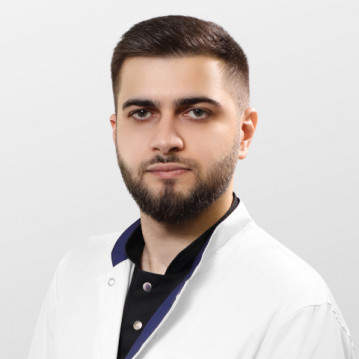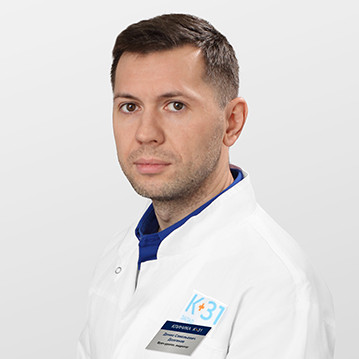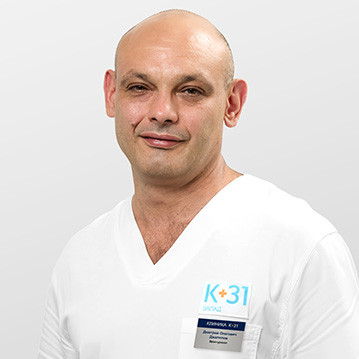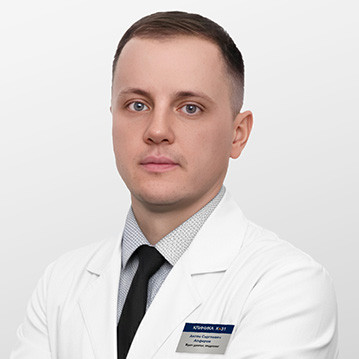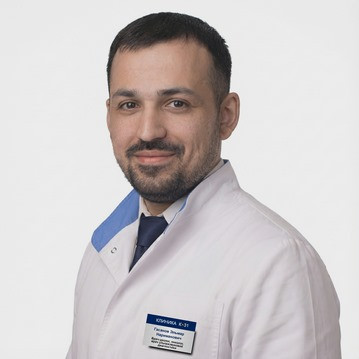Urolithiasis (ICD 10-N20-N23) is a common urological disease of a predominantly chronic course that requires special attention and mandatory treatment. It is accompanied by the formation of stones localized in various parts of the urinary system (kidneys, urinary tract, bladder). Given that the signs of kidney stones can be almost invisible for a long time, it is important to identify the disease in time and start appropriate therapy. If you have minimal health complaints, we recommend contacting K + 31. The specialists of the clinic will diagnose, establish the causes of the ailment and perform the necessary treatment.
Causes of urolithiasis
To date, the exact causes that provoke kidney stones have not yet been established. The formation of stones contributes to many factors:
- congenital anomalies of the urinary system;
- living or prolonged stay in an unfavorable climatic zone (deficiency of sunlight and vitamin D, extreme heat leading to chronic dehydration);
- specific nutrition (excess in the diet of acidic and very spicy foods);
- sedentary lifestyle;
- unfavorable working conditions (harmful production, the need to regularly lift weights);
- the use of water of high hardness, containing a large amount of calcium salts;
- increased work of the parathyroid glands;
- chronic gastroenterological diseases;
- severe fractures or other musculoskeletal injuries;
- enzyme deficiency;
- liver pathology;
- kidney disease (impaired normal urine outflow, prolapse or inflammation of the organ);
- endocrine disorders;
- hereditary predisposition.
Mostly, experts indicate that the appearance of stones is associated with abnormal functioning of the urinary tract. Calculi are a solid mass formed as a result of the crystallization of salts that are part of the urine.
Formations can have a different shape, size and chemical composition. But even a small kidney stone provokes symptoms that require immediate medical attention. Its timely provision will help prevent the development of complications.
Urolithiasis symptoms
Urolithiasis is always accompanied by intense pain, which is mainly concentrated in the lumbar region. Depending on the location and size of the stone, the presence of obstruction and individual characteristics, the pain syndrome can be constant or intermittent, acute or dull.
If a person has large inactive calculi, the discomfort is permanent. Pain is usually related to the patient's mobility. It can appear, intensify or subside with the active movement of the body, in the process of driving, physical activity. Most patients complain that they cannot lie down because of the pain. While walking, the discomfort in the lower back subsides a little.
Other signs of kidney stones in women and men:
- malaise and weakness;
- nausea accompanied by vomiting;
- traces of blood in the urine;
- bloating and difficulty passing flatus;
- increase in body temperature;
- turbidity of urine and the appearance in it of specific flakes, sediment.
The symptoms of kidney stones in women and men can suddenly worsen. This indicates the development of a specific condition called renal colic. It is accompanied by severe pain in the lumbar region, which radiates to the groin. Unpleasant sensations in this case are provoked by obstruction of the urinary tract. An attack is associated with spontaneous movement of a stone from the kidney to the bladder.
Kidney stones: symptoms in men
The prevalence of the disease among the strong half of the population is several times higher than among women. In men, the disease manifests itself typically and is characterized by intense pain. There is also a marked burning sensation in the urethra, which is further aggravated by an attempt to urinate. Also, pain can be given to the penis, scrotum, groin.
Kidney stones: symptoms in women
In women, pathology is less common. The clinical picture is typical. Many mistakenly perceive renal colic for pain that is present during menstruation. This complicates diagnosis and subsequent treatment. In the fairer sex, a calculus in the ureter provokes a strong desire to urinate, which does not disappear even after going to the toilet.
